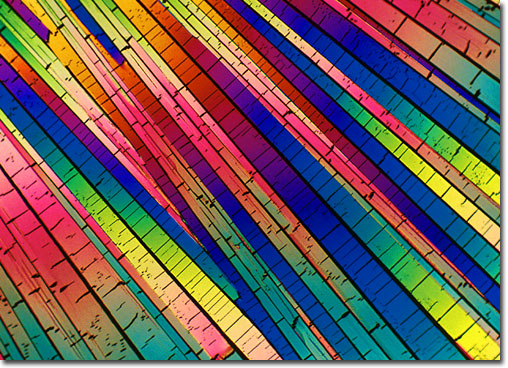|
Para-aminobenzoic acid (PABA), a component of pteroylglutamate, was once considered a vitamin and named vitamin B-x because it serves as a provitamin for some bacteria. Later studies in humans demonstrated that it does not have vitamin activity because humans lack the ability to synthesize folate from PABA. This biochemical is very useful in other ways and has been extensively utilized as a sunscreen in topical lotions to protect the skin from harmful ultraviolet radiation upon exposure to the sun. It is also effective in the treatment of vitiligo, a condition that causes discoloration of the skin. Natural sources of PABA include bran, kidney, liver, molasses, wheat germ, and yogurt. There are no reported symptoms arising from a dietary deficiency of PABA.
|
